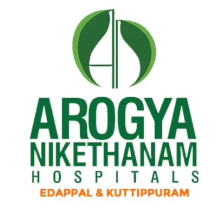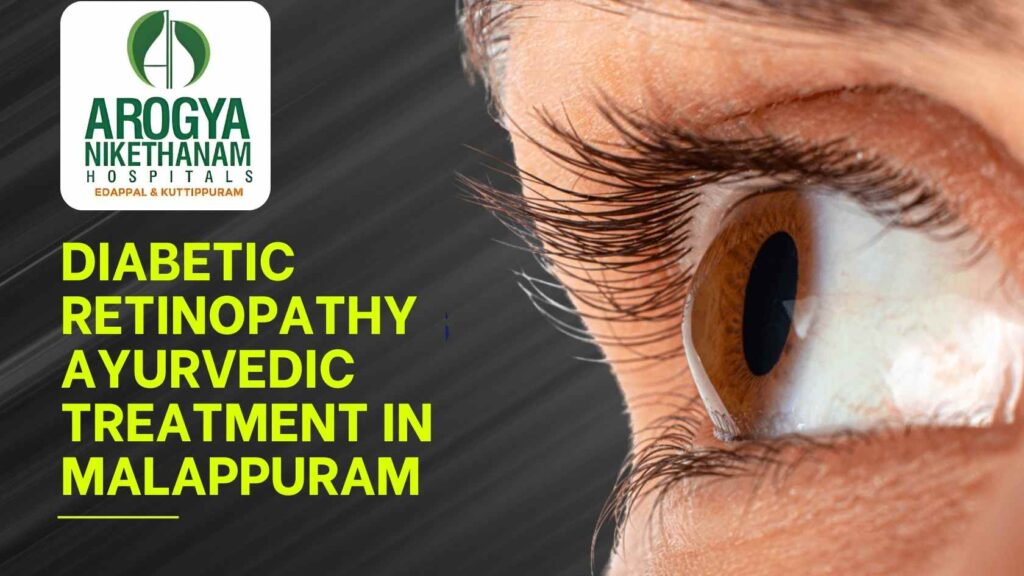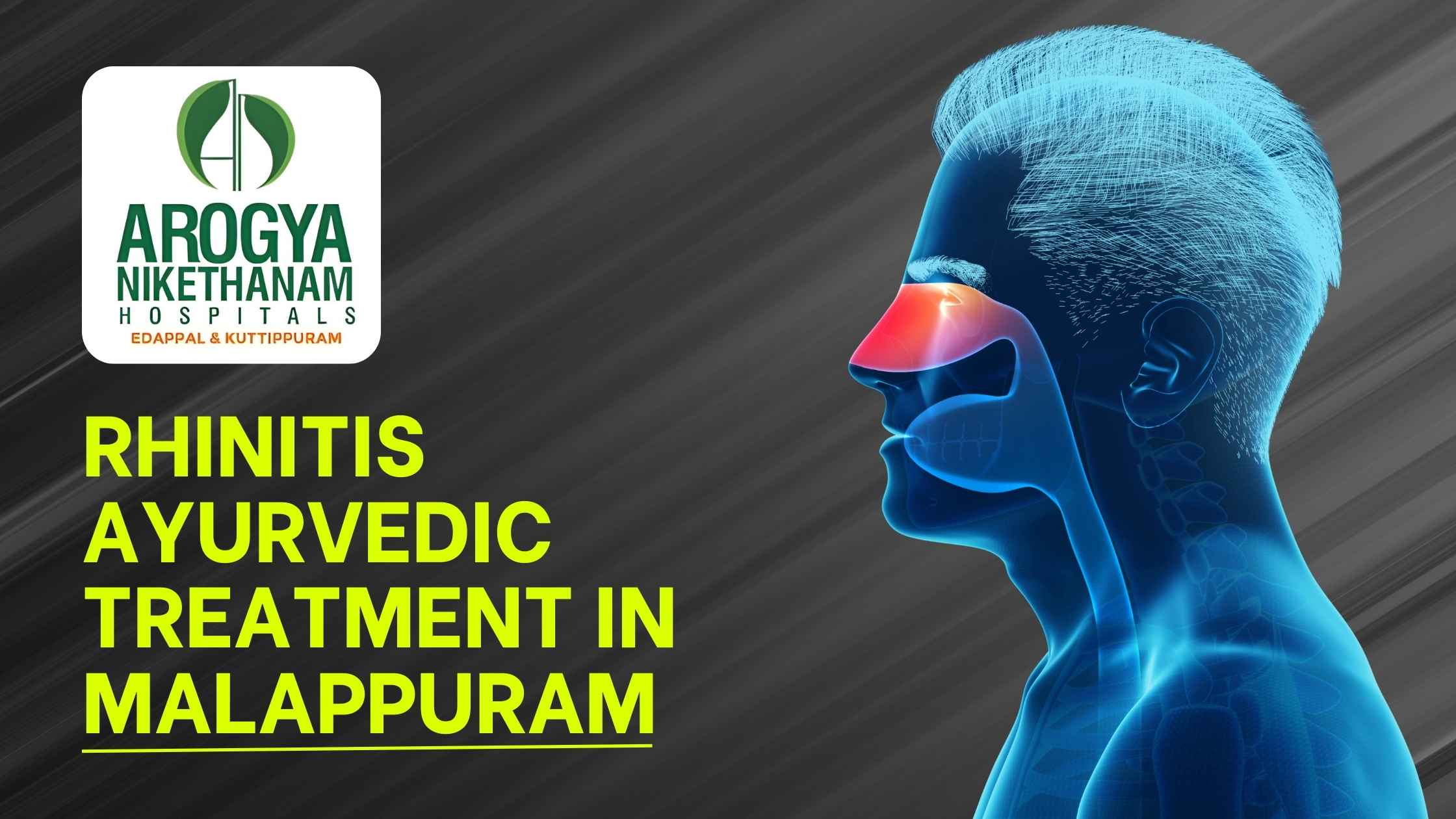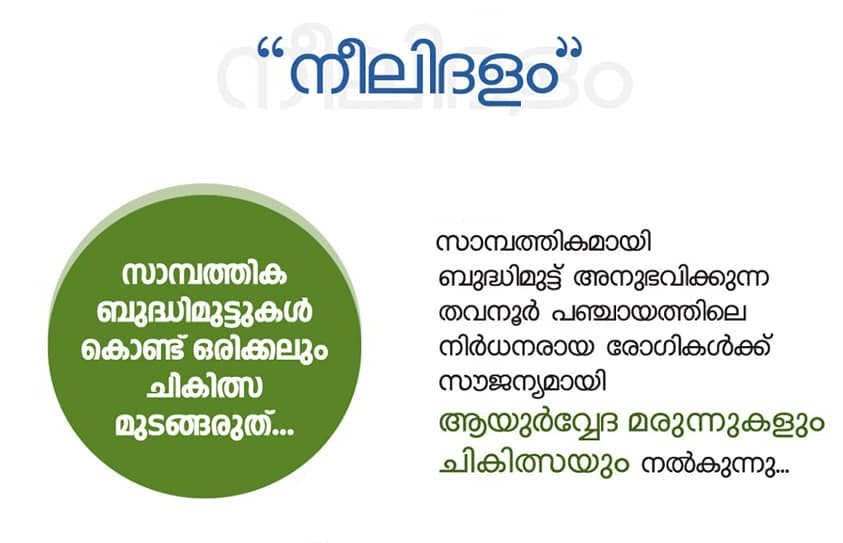Diabetic retinopathy (DR) is a chronic eye disease caused by high blood sugar levels damaging the small blood vessels in the retina, the light-sensitive tissue at the back of the eye. It progresses from non-proliferative stages—characterized by microaneurysms, retinal hemorrhages, and macular edema—to proliferative stages, where fragile new vessels grow and may bleed into the vitreous, risking retinal detachment and vision loss.
Early DR often has no symptoms, making regular dilated eye exams crucial. Over 26% of adults with diabetes show signs of DR, with nearly 2 million facing vision-threatening stages in the U.S. alone.
Why Early Detection Matters
Because DR can be asymptomatic in initial stages, annual comprehensive dilated retinal exams are recommended for everyone with diabetes. Timely intervention—whether medical or Ayurvedic—can prevent up to 90% of vision loss from DR Health.
Conventional vs. Ayurvedic Approaches
Modern ophthalmology focuses on glycemic control, anti-VEGF injections, laser photocoagulation, and surgical options for advanced DR. Ayurveda, conversely, targets the root imbalance—Madhumeha—by cleansing toxins (ama), balancing doshas, and using Shalakya Tantra therapies to directly nourish and rejuvenate ocular tissues.
Ayurvedic Perspective on Diabetic Retinopathy
Diabetes as “Madhumeha”
In classical Ayurveda, diabetes mellitus is classified under Prameha disorders, with Madhumeha being the most severe subtype. Symptoms include excessive urination, emaciation, and complications like visual impairment. Pathogenesis involves Pitta-Kapha aggravation and ama accumulation leading to vascular and neural damage.
Eye Disorders in Shalakya Tantra
Shalakya Tantra—the Ayurvedic specialty for head and neck ailments—provides detailed protocols for eye diseases. It prescribes internal and external therapies such as Netra Tarpana (medicated oil pools over eyes), Anjana (herbal collyriums), Nasya (nostril instillations), and local fomentations to restore ocular balance
Etiopathogenesis in Ayurveda
Ayurvedic texts describe DR under “Urdhwaga Raktapitta” (upper-body hemorrhages) and “Avarana” (dosha obstruction), emphasizing the removal of ama and correction of Pitta and Kapha vitiation to protect Rakta (blood) and Majja (neural tissues).
Core Ayurvedic Therapies for Diabetic Retinopathy
Panchakarma Detoxification
Panchakarma is pivotal in eliminating deep-seated toxins and rebalancing doshas.
Virechana (therapeutic purgation): Targets Pitta toxins, reducing vascular inflammation and retinal leakage.
Vamana (therapeutic emesis): Used in Kapha-dominant patients to clear upper channels and ease ocular congestion.
Basti (medicated enemas): Especially Anuvasana Basti, nourishes bodily tissues and balances Vata, crucial in advanced stages of DR.
Shirodhara & Shirolepanam
Shirodhara: A continuous, gentle stream of warm medicated oil over the forehead induces profound relaxation, calms Pitta, and supports neural regeneration—indirectly benefiting ocular nerves by lowering systemic stress .
Shirolepanam: Herbal pastes like Yashtimadhu and Bala applied to the crown enhance circulation and reduce oxidative stress linked to microvascular damage.
Nasya (Nasal Therapies)
Nasya with Anu oil or Ksheera Bala taila clears the channels above the shoulders, arrests retinal bleeding, and revitalizes optic pathways by delivering medicated oils via the nasal passage—considered the gateway to the brain and eyes .
Netra Tarpana & Anjana
Netra Tarpana: A key Shalakya Tantra procedure where a dough dam is formed around the eyes and filled with medicated ghee (e.g., Jivantyadi Ghrita) or herbal oils for 20–30 minutes. This directly nourishes ocular tissues, improves microcirculation, and arrests capillary leakage.
Anjana: Application of herbal collyrium such as Triphala Kashaya or Patoladi Anjana strengthens retinal capillaries and prevents hemorrhages.
Herbal & Rasayana Support
Key internal formulations include:
Amalaki (Emblica officinalis): Rich in vitamin C and antioxidants, it strengthens retinal vessels and counters oxidative stress.
Triphala (Haritaki, Bibhitaki, Amalaki): Detoxifies, improves microcirculation, and supports retinal health—demonstrated to reduce retinal thickness in diabetic rat models.
Mahatiktaka Ghrita and Guggulu formulations: Regulate Pitta and Kapha systemically, reducing vascular permeability.
Brahmi & Shankhpushpi: Rasayanas known for nerve nourishment and improved visual acuity.
Arogya Nikethanam’s Approach in Malappuram
Integrated Screening & Diagnosis
At Arogya Nikethanam’s Edappal center, every diabetic patient undergoes baseline retinal screening using digital fundus photography and OCT imaging to detect early microaneurysms or edema. These findings guide the Ayurvedic treatment plan in tandem with routine medical care.
Customized Treatment Plans
Under the leadership of Dr. Shamin Ramachandran (BAMS, CDNI, PGGAP) and Dr. Shilpa Shamin (BAMS, FMC), each patient receives:
Dietary & lifestyle counseling (Aahara & Vihara) to stabilize blood glucose.
Panchakarma protocols personalized by dosha assessment.
Shalakya Tantra therapies in our dedicated Eye & ENT unit.
Facilities & Environment
Therapy Suites: Private rooms for Panchakarma, Netra Tarpana bays, and Nasya chambers.
Herb Garden: On-site organic cultivation of medicinal plants ensures potency.
Serene Ambience: Riversides of Edappal conducive to relaxation and healing.
Lifestyle & Dietary Guidelines
Diet (Aahara)
Complex Carbohydrates & Whole Grains: Bajra, ragi, barley to sustain energy without spiking sugars.
Leafy Greens & Antioxidant-Rich Veggies: Spinach, methi, drumstick leaves for micronutrients.
Herbal Teas: Triphala decoction, coriander infusion for gentle detoxification.
Avoid: Refined sugars, packaged snacks, excess dairy, and deep-fried foods.
Daily Regimen (Vihara)
Morning Surya Namaskar: 10–15 reps to boost circulation.
Eye Exercises: Palming, blinking drills, near-far focusing for ocular muscle tone.
Adequate Sleep: 7–8 hours, sleep by 10 pm to balance Pitta.
Stress Management: Pranayama (Anuloma–Viloma, Bhramari) to calm mind and reduce systemic inflammation.
Prevention & Long-Term Care
Regular Monitoring
Annual Dilated Eye Exams to detect early changes.
Quarterly Blood Sugar & Lipid Panels to maintain metabolic control.
Herbal Maintenance
Daily Doses: Triphala churna (5 g at bedtime), Amalaki juice (20 ml twice daily).
Quarterly Panchakarma or Matra Basti for toxin clearance.
Community Outreach
Arogya Nikethanam conducts free retina-screening camps across Malappuram taluks, educating communities about “Diabetic retinopathy ayurvedic treatment in Malappuram.”
Why Choose Arogya Nikethanam?
Decade of Excellence: 10+ years in holistic Ayurvedic care.
Award-Winning Care: 3+ recognitions for innovation and patient satisfaction.
Proven Outcomes: Over 1,000 patients served for DR management.
Multidisciplinary Team: Ayurvedic physicians, physiotherapists, dietitians, and ophthalmologists collaborating for best outcomes.
Conclusion
Diabetic retinopathy need not mean unavoidable vision loss. With early detection, disciplined lifestyle changes, and targeted Ayurvedic therapies—especially Shalakya Tantra procedures—you can preserve and often improve your eyesight. For Malappuram’s diabetic community seeking holistic and compassionate care, Arogya Nikethanam Ayurveda Hospital in Edappal offers an integrated path to ocular health and long-term wellness.
Frequently Asked Questions
1. What is diabetic retinopathy?
Diabetic retinopathy is a complication of long-standing diabetes in which high blood sugar damages the small blood vessels in the retina, leading to microaneurysms, hemorrhages, macular edema, and potentially vision loss if untreated.
2. How does Ayurveda conceptualize diabetic retinopathy?
In Ayurveda, diabetic retinopathy falls under “Prameha” (diabetes) leading to “Avarana” (obstruction) and “Urdhwaga Raktapitta” (upper-body hemorrhages). Imbalanced Pitta and Kapha doshas plus toxin (ama) accumulation damage blood channels and ocular tissues.
3. What are the core Ayurvedic treatments for diabetic retinopathy?
Key therapies include Panchakarma (Virechana and Basti) to expel toxins and balance doshas; Shalakya Tantra procedures like Netra Tarpana (medicated ghee eye baths), Anjana (herbal collyrium), Nasya (nasal instillations); and supportive herbs such as Triphala and Amalaki for vascular health and antioxidant protection.
4. What is Netra Tarpana and how does it benefit the eyes?
Netra Tarpana involves creating a dough “dam” around the eyes and pouring warmed medicated ghee into the chamber for 20–30 minutes. This deeply nourishes ocular tissues, improves microcirculation, and helps arrest capillary leakage.
5. Is Ayurvedic treatment safe for diabetic retinopathy?
Yes. When administered by trained practitioners using sterile, age-old procedures, Ayurvedic treatments like Panchakarma and Shalakya Tantra are noninvasive and have minimal reported adverse effects.
6. How long does the Ayurvedic treatment course usually take?
A typical protocol lasts 14–21 days, though the exact duration depends on disease stage and individual doshic assessment. Early-stage cases may need shorter courses, while advanced stages may require extended care.
7. Who is a suitable candidate for Ayurvedic therapy?
Ideal candidates are patients with early to moderate diabetic retinopathy who have stable glycemic control and no active infections. Those with proliferative changes may also benefit as an adjunct to conventional therapies under careful monitoring.
8. Can Ayurvedic treatments reverse vision loss from diabetic retinopathy?
While advanced proliferative damage may not be fully reversible, many patients experience significant stabilization of retinal changes and symptom relief. Studies show reduction in macular edema and hemorrhages after integrated Ayurvedic protocols.
9. Are there any side effects of Ayurvedic ocular procedures?
Side effects are rare. Some patients may report mild transient nasal irritation after Nasya or slight oil discharge after Netra Tarpana. Proper practitioner technique and hygiene minimize risks.
10. How do I choose a trusted Ayurvedic center in Malappuram?
Look for clinics with qualified Shalakya Tantra specialists; on-site Panchakarma suites and Netra Tarpana bays; digital retinal imaging for integrated diagnosis; and positive patient outcomes. Arogya Nikethanam Ayurveda Hospital in Edappal meets these criteria.






